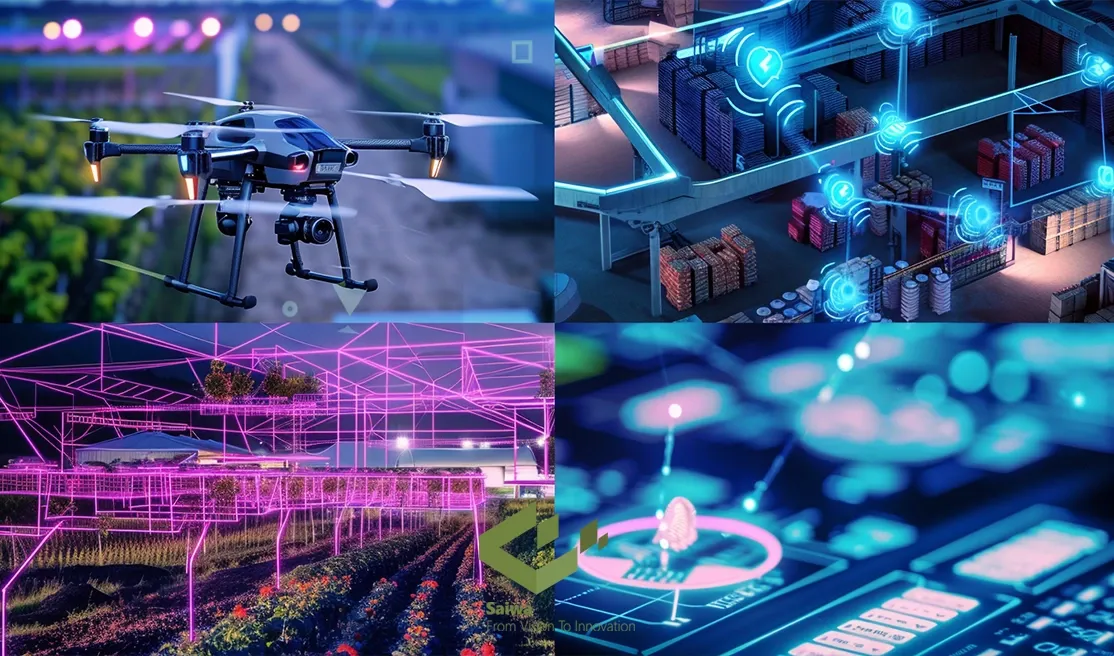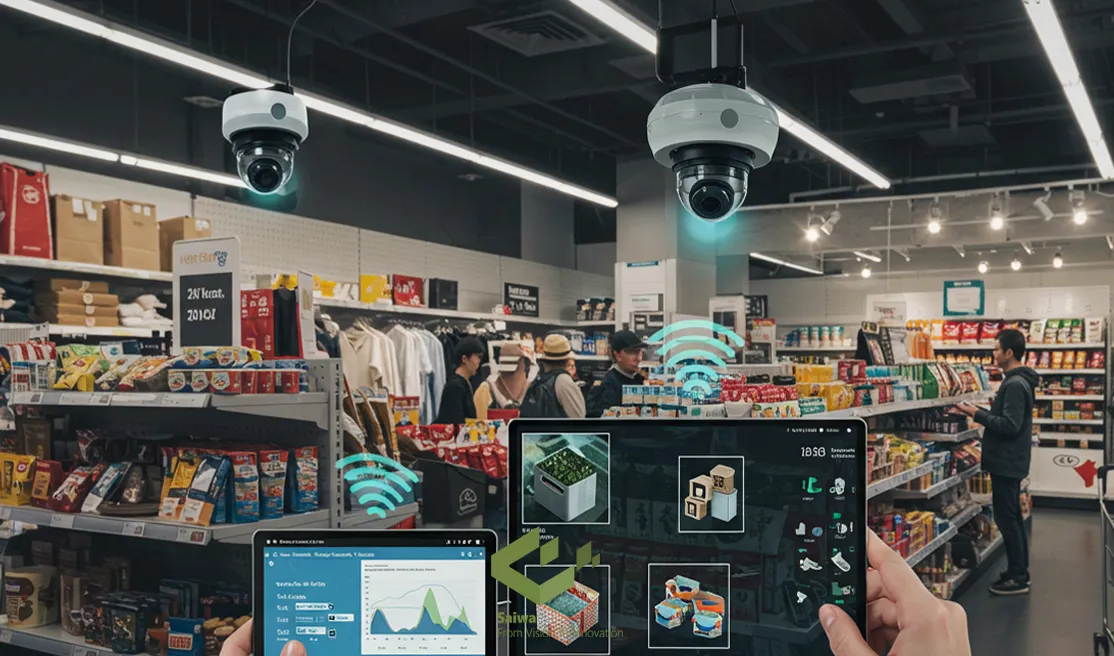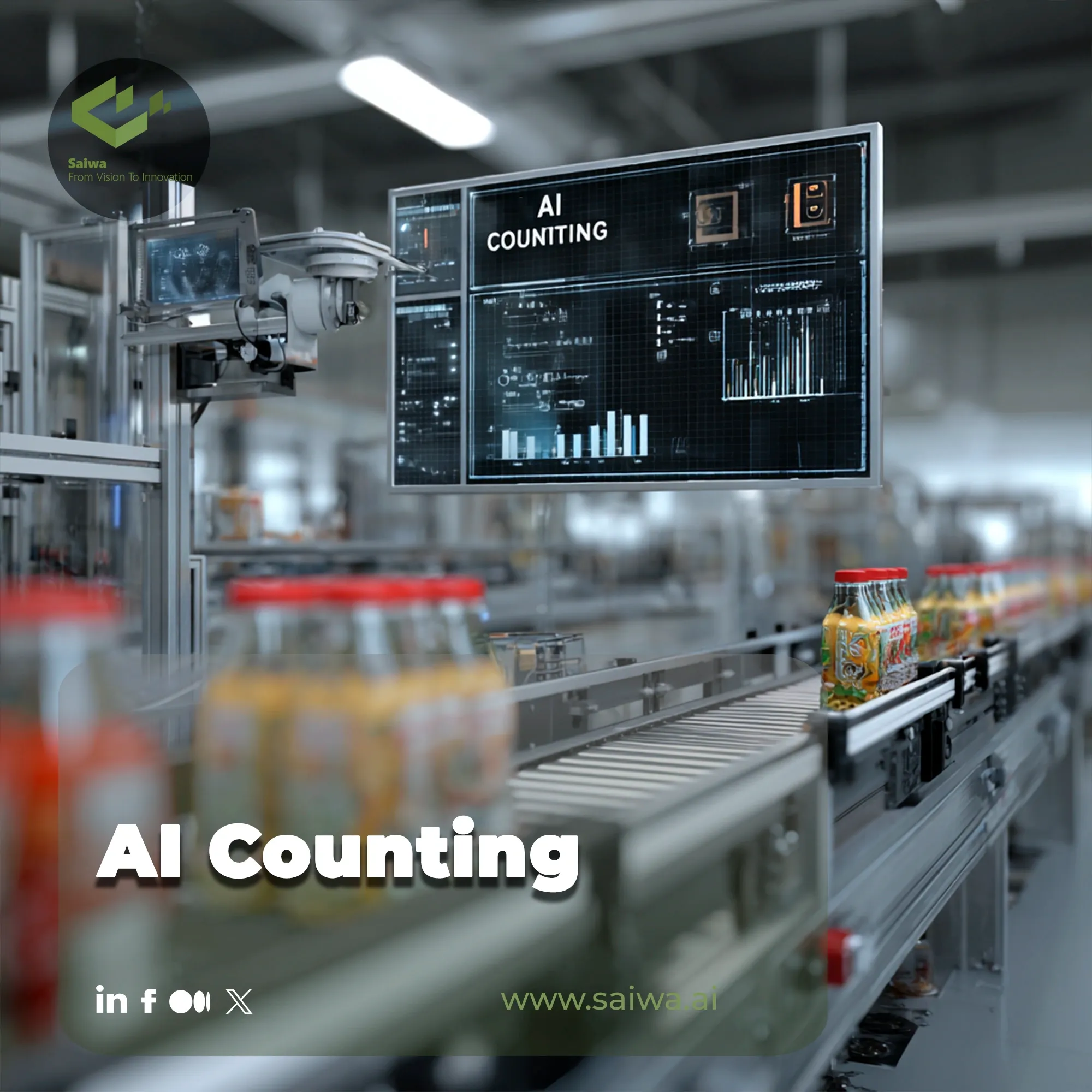Machine vision has transcended simple object recognition; today’s deep learning models now perform nuanced quantitative analysis at an industrial scale. By processing vast visual datasets, these systems identify and count specific items with a level of precision and speed unattainable by human operators. This technological leap is fundamentally changing how industries convert visual information into strategic assets.
Leading this innovation, Saiwa’s AI Counting solutions, embodied in the Fraime and Sairone platforms, make this power accessible. We will explore the technical mechanics, deployment models, and the competitive advantages unlocked by this powerful technology across key sectors.
How AI-Based Counting Works?
At its core, automated counting leverages machine learning to interpret visual data “with high speed and accuracy on modern hardware. The process begins with image acquisition from cameras or drones.
These images undergo preprocessing to enhance clarity and reduce noise. The crucial step is object detection, where deep learning models, particularly Convolutional Neural Networks (CNNs) like YOLO or R-CNN, are trained to identify and locate specific items within the visual field. Finally, the system count objects, delivering precise counts that can inform real-time decisions and analytics.
Use Cases Across Sectors
The technology's impact is not theoretical; it's actively transforming core operations in diverse fields. Its applications create tangible value by turning high-volume visual data into simple, reliable metrics. Key examples of its deployment include:
Agriculture: Automated Crop yield estimation, tree counts, and Weed detection using multispectral data from aerial or drone imagery.
Manufacturing: Tracking micro-components and finished goods on high-speed assembly lines, ensuring count accuracy for quality control protocols.
Logistics: Monitoring real-time package flow in sorting facilities and managing dynamic warehouse inventory via networked cameras.
Retail: Gaining on-shelf availability data to prevent stockouts and analyzing anonymized foot traffic patterns to optimize store layouts.
Scientific Research: Quantifying cells, microbial colonies, or other particles from high-throughput microscopy slides to accelerate analysis.

Advantages of Counting with AI
Adopting this approach to automated quantification yields significant operational advantages over manual or fixed-sensor methods. These benefits scale across deployments, enabling smarter and more efficient workflows. Key technical advantages include:
It operates reliably with moving objects, occlusion, and complex backgrounds by using algorithms that learn contextual and temporal patterns to infer accurate counts.
It delivers superior precision and consistency at scale because deterministic models eliminate the fatigue and subjective variability inherent in human counting.
It reduces reliance on time-consuming manual audits and inflexible hardware, “can outperform simple fixed-sensor setups in complex scenes, depending on configuration which require physical recalibration for different objects.
It is highly flexible; a single core system can be rapidly retrained via software to count vastly different objects across multiple operational domains with no hardware changes.
For developers seeking to build custom solutions, such as automated pest analysis for improving agricultural productivity, Saiwa’s Fraime platform provides the essential API tools to integrate these advanced capabilities directly into their applications.

Making AI Counting Work in the Real World
Successful deployment of AI counting requires more than just selecting a model. It also involves addressing practical challenges to guarantee accuracy, reliability, and business value. Key considerations include:
Data Preparation: High-quality, accurately labeled image datasets are essential for effective model training.
Environmental Factors: Changing lighting, camera angles, object overlap, and motion blur can reduce accuracy. Using diverse datasets and temporal tracking helps maintain reliable performance.
Deployment Strategy: Choosing between edge (on-device) and cloud processing involves trade-offs in latency, compute, and scalability.
Model Generalization: Ensuring the system performs well in new or unseen environments is crucial. Human-in-the-loop feedback improves adaptability over time.
Cost and ROI: While initial investment covers cameras, infrastructure, and training, long-term gains include reduced labor, higher accuracy, and scalable insights.
It is important to address these factors in order to transform AI counting from a theoretical tool into a reliable, real-world solution.
Note: Some visuals on this blog post were generated using AI tools.

